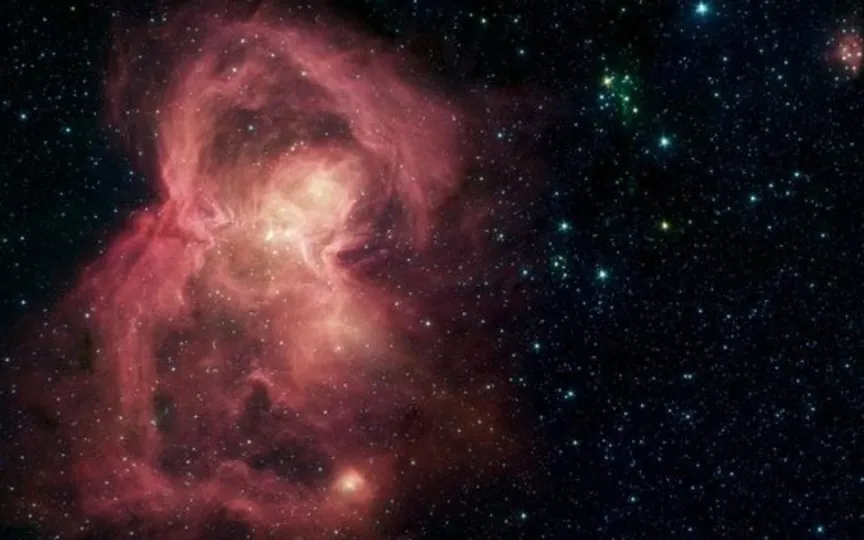NASA Uncovers the Secret Behind the Disappearing Neon – James Webb Space Telescope to the Rescue!
The James Webb Space Telescope (JWST) has made a groundbreaking discovery by observing a planet-forming disk undergoing a significant transformation. This finding provides valuable insights into the transient nature of these cosmic nurseries. According to NASA, unlike previous observations that only captured static images of planetary disks over long periods, the James Webb Telescope has provided a dynamic view of the evolution of one such disk.
The neon puzzle was revealed
In 2008, researchers led by Catherine Espaillat, then at the University of Michigan and now at Boston University, observed a distinct infrared emission line associated with doubly ionized neon ([Ne III]) in the planet-forming disc surrounding the young star SZ. Chamaeleontis (SZ Cha) using NASA’s Spitzer Space Telescope, Space.com reports.
Originally considered an anomaly, the presence of [Ne III] indicated a shift from the typical X-ray bombardment experienced by such discs. Instead, extreme ultraviolet (EUV) radiation appeared to dominate the SZ Cha system, suggesting a slower decay of the disk compared to X-rays, Space.com said.
However, follow-up observations in 2023 using the Webb Telescope’s Mid-Infrared Instrument (MIRI) revealed a surprising development. Doubly ionized neon had greatly decreased, marking a shift back to X-rays as the dominant force in the SZ Cha system. This discovery challenges previous assumptions about the time it takes for planets to form before their natal disc breaks up.
“In computer models of developing systems, extreme ultraviolet radiation allows planets to form for a million years more than if the evaporation is mainly due to X-rays,” explains Thanawuth Thanathibodee of Boston University.
This revelation could change our understanding of the critical window during which planets form before their nurturing disc is lost.
Complementary ground-based observations with the CHIRON spectrometer revealed “blueshifted” hydrogen-alpha emission associated with the SZ Cha system. This change suggests a stellar wind, possibly variable, emanating from the star and affecting the radiative dynamics in the surrounding planet-forming disk.
As scientists plan further studies with the James Webb Telescope and other observatories spanning the electromagnetic spectrum, the SZ Cha system holds the key to unraveling the complex interplay of stellar winds, radiation, and the lifetimes of planet-forming disks.




